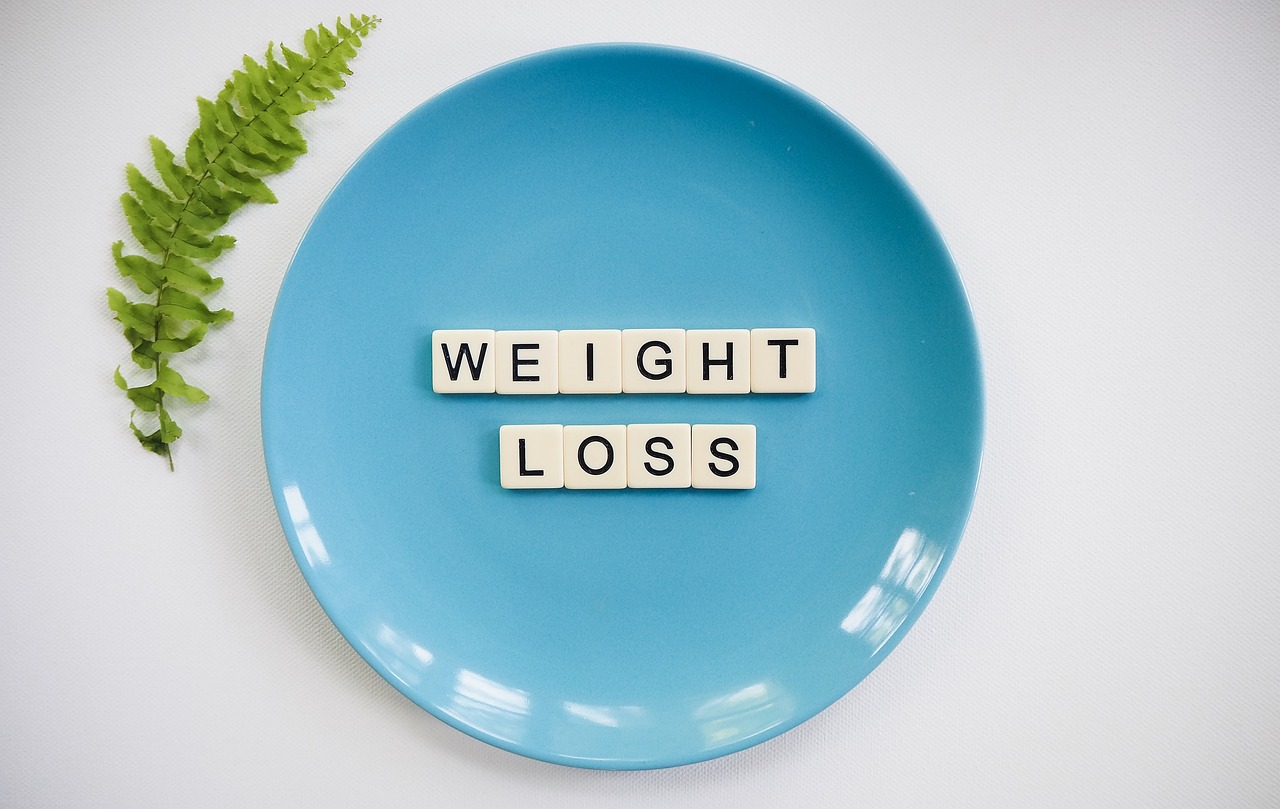How To Lose Weight With Fasting
Fasting is a centuries-old practice that involves abstaining from food and/or drink for a certain period of time. It is commonly associated with religious observances, but in recent years, fasting has gained popularity as a weight loss tool. The idea behind fasting for weight loss is that by restricting the amount of time you spend eating, you will reduce your calorie intake and, as a result, lose weight. In this article, we will explore how to lose weight with fasting and provide tips for incorporating this practice into your lifestyle.
Intermittent fasting is the most popular form of fasting for weight loss. There are several different methods of intermittent fasting, including:
5:2 Method: This involves eating normally for five days a week and restricting your calorie intake to 500-600 calories on the other two days.
Eat-Stop-Eat Method: This involves fasting for 24 hours once or twice a week.
Benefits of Fasting for Weight Loss
There are several benefits to using fasting as a weight loss tool. Here are a few:
- Calorie Restriction: Fasting helps to restrict calorie intake, which can lead to weight loss.
- Improved Insulin Sensitivity: Fasting has been shown to improve insulin sensitivity, which can help with weight loss.
- Increased Fat Burning: When you fast, your body begins to burn stored fat for energy, which can lead to weight loss.
- Reduced Inflammation: Fasting has been shown to reduce inflammation in the body, which can be beneficial for weight loss.
- Convenience: Fasting is a simple and convenient way to lose weight. You don't have to worry about counting calories or preparing meals.
Tips for Losing Weight with Fasting
If you're interested in trying fasting for weight loss, here are some tips to help you get started:
- Start Slow: If you're new to fasting, start with a shorter fast and gradually increase the length of your fasts over time.
- Stay Hydrated: It's important to stay hydrated during your fasts. Drink plenty of water, herbal tea, and other non-caloric beverages.
- Be Prepared: Have healthy foods on hand for when you break your fast. Focus on nutrient-dense foods like fruits, vegetables, lean proteins, and healthy fats.
- Listen to Your Body: Pay attention to how your body feels during your fasts. If you feel lightheaded or dizzy, break your fast and eat something.
- Stay Busy: Keep yourself busy during your fasts to distract yourself from food. Go for a walk, read a book, or do something else that you enjoy.
- Be Consistent: Consistency is key when it comes to fasting for weight loss. Stick to your fasting schedule as much as possible to see the best results.
- Seek Professional Guidance: If you have any underlying health conditions or concerns, it's important to speak with a healthcare professional before starting a fasting regimen.
Conclusion
Fasting can be a powerful tool for weight loss, but it's important to approach it with caution and consistency. If you're interested in trying fasting for weight loss, start slow and gradually increase the length of your fasts over time. Stay hydrated, be prepared with healthy foods, listen to your body, stay busy, and seek professional advice.





Comments
Post a Comment